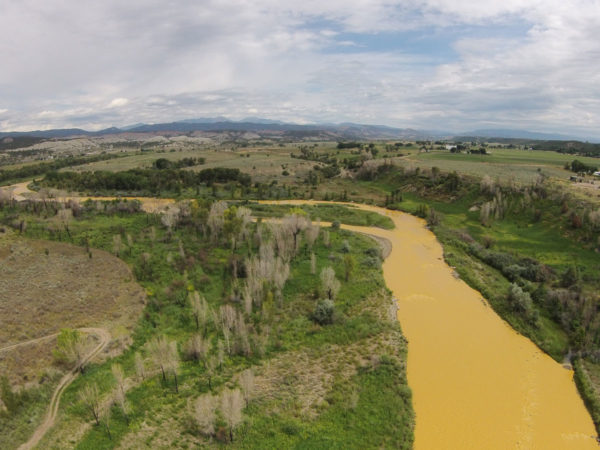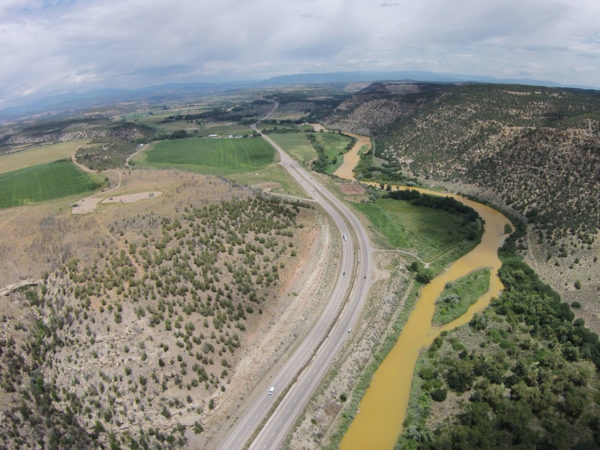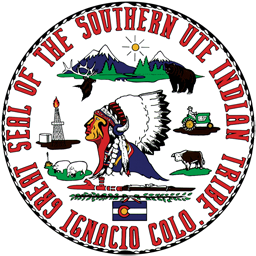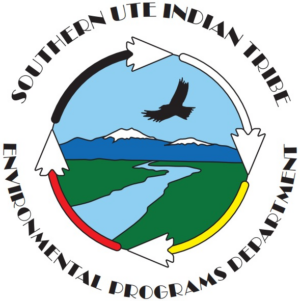Animas River/WIIN Coordinator
970-563-2201
In 2016, under the Water Infrastructure Improvements for the Nation (WIIN) Act, the U.S. Congress authorized appropriations of $4 million per year in 2017–2021 for a long-term water quality monitoring program for the San Juan watershed. The Southern Ute Environmental Programs Department Water Quality Division along with the EPA, Ute Mountain Ute Tribe, Navajo Nation, and the states of Arizona, Colorado, Utah, and New Mexico have been working together to develop and implement the long-term water quality monitoring program.
More information about this program and project funded under the WIIN Act can be found here: https://www.epa.gov/san-juan-watershed.
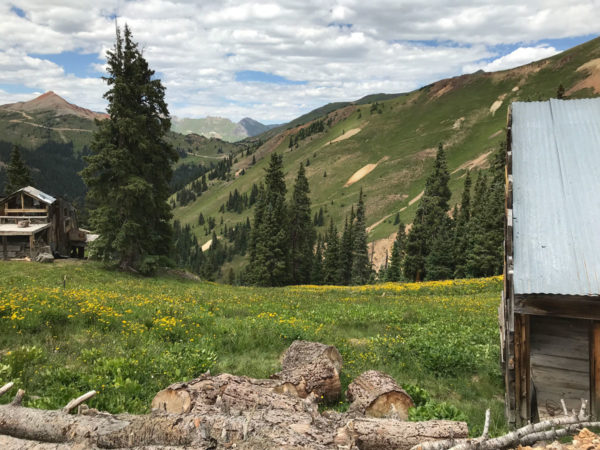
In coordination with the Culture Preservation Department NAGPRA Office, one of the projects the Water Quality Division completed under WIIN funding was a water quality cultural study, or ethnographic and ethnobotanical study of the traditional Ute lands in and around the Bonita Peaks Mining District. This study began in 2018 and was completed in April 2021.
In September 2019, the Southern Ute Drum covered the first field visit of this study: https://www.sudrum.com/culture/2019/09/12/ethnographic-field-study-brings-ute-tribes-together-in-san-juans/
The completed ethnographic and ethnobotanical study is available upon request.
Funding for WIIN Act projects from the EPA will extend until 2027.
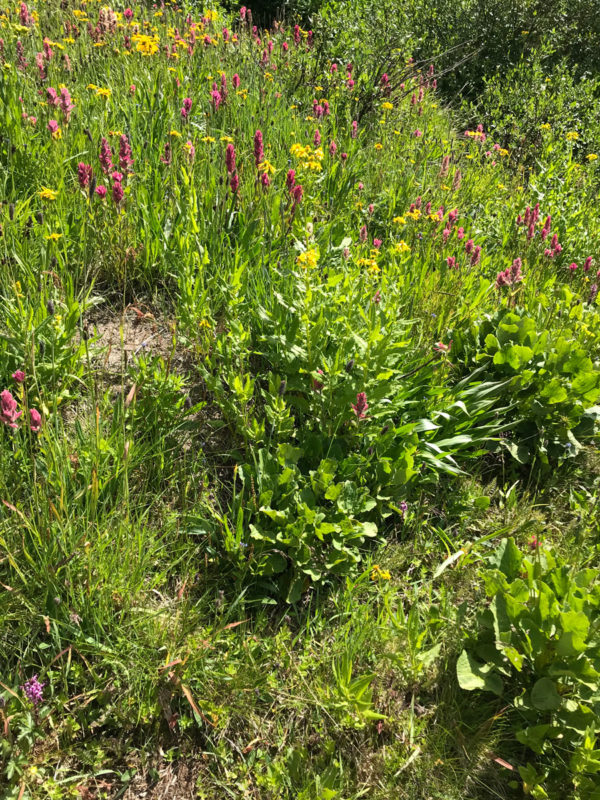
Gold King Mine Spill Response
The WQP initiated a Gold King Mine monitoring and response program along the Animas River following the August 5, 2015 accidental release of acid mine waste from the Gold King Mine near Silverton, CO. The release crossed the northern border of the Reservation on August 7, 2015. The Tribe responded to this event by activating its Incident Command Team, establishing water quality monitoring stations, and collaborating with partner agencies. Monitoring included water chemistry sampling of surface water for metals and nutrients; deployment of four (4) water quality sondes that measure pH, dissolved oxygen, temperature, and conductivity; macroinvertebrate and sediment sampling; and groundwater drinking well sampling.
Funding for the Gold King Mine focused monitoring was completed in December 2020 using EPA grants.
